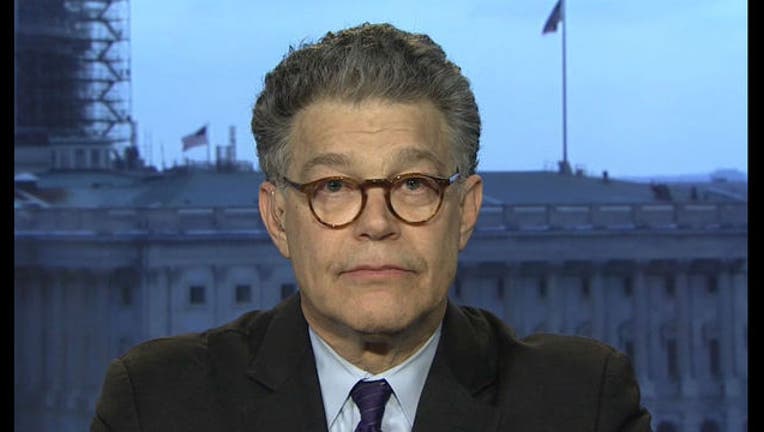10 questions from Sen. Franken on FBI surveillance flights over U.S. cities

U.S. Sen. Al Franken is pressing the FBI and Department of Justice for answers about the scope and legality of surveillance flights over more than 30 cities, including Minneapolis. The spy flights were first reported in a Medium.com post by Minneapolis-based independent journalist Sam Richards.
Read the first report at https://medium.com/@MinneapoliSam/fleet-of-government-aircraft-flying-secret-missions-over-u-s-cities-84cbdf57dfbb
One week later, the Associated Press confirmed "the FBI is operating a small air force with scores of low-flying planes across the country carrying video and, at times, cell phone surveillance technology -- all hidden behind fictitious companies that are fronts for the government." READ MORE
"Many Americans have been troubled by these reports, and as ranking member of the Senate Judiciary Subcommittee on Privacy, Technology and the Law, I believe it is important to ensure that these programs adequately protect Americans' privacy while furthering public safety and national security," Sen. Franken (D-Minn.) wrote in his letter to Attorney General Loretta Lynch and FBI Director James Comey.
Sen. Franken is requesting "detailed written answers" to the following questions:
1. What technologies are used by the FBI during the course of aerial surveillance? To what extent does the FBI use IMSI-catchers, "DRTBoxes," "dirtboxes," or "Stingrays"? To what extent does the FBI use infrared cameras? To what extent does the FBI use video cameras?
2. How frequently does the FBI engage in aerial surveillance that utilizes IMSI-catchers, infrared cameras, or video technology? In what types of operations does the FBI deploy aerial surveillance utilizing these technologies? More generally, under what circumstances is aerial surveillance using these technologies deployed?
3. Under what legal authority is the FBI acting when conducting aerial surveillance, including aerial surveillance that utilizes IMSI-catchers, infrared cameras, or video technology? To the extent that the Department of Justice is seeking court approval before deploying any of these technologies during aerial surveillance, is this done on a case-by-case basis or does the Department seek broader authorization? What are judges told about how the technologies deployed work, and the potential impact on innocent Americans? Please provide a representative sample of the applications for these court orders.
4. To the extent that the Department of Justice has developed policies governing the use of IMSI-catchers, infrared cameras, or video technology during aerial surveillance, please identify the policies and legal processes used. Are different technologies subject to different policies or forms of legal process? If so, please describe the application of these policies.
5. Has the Department of Justice developed policies on the retention of data collected in the course of aerial surveillance that utilizes IMSI-catchers, infrared cameras, or video technology? Has the Department developed policies on the destruction of that data? If so, please describe these policies.
6. How many individuals can be detected, tracked, and/or monitored during each surveillance flight? If IMSI-catchers are being used, how many phones can be detected, tracked, and/or monitored during each flight?
7. Reports indicate that some of the surveillance systems have the capability of blocking phone calls, including 911 and other emergency calls. What steps have been taken to ensure that phone calls of non-targeted civilians are not interrupted by the FBI's aerial surveillance?
8. To the extent that aerial surveillance has been deployed above large public gatherings, what steps is the government taking to ensure that such surveillance does not chill constitutionally protected conduct, such as political and religious activity?
9. Has the Department of Justice's Office of Privacy and Civil Liberties conducted a privacy impact assessment or otherwise reviewed the use of technologies utilized during aerial surveillance? Has a review or privacy impact assessment been conducted on the FBI's use of aerial surveillance more broadly? If so, please provide copies of such assessments or reviews.
10. What safeguards are in place to ensure that innocent American's privacy is protected during aerial surveillance utilizing technology that collects data and personal information?
Read Sen. Franken's full letter at http://www.franken.senate.gov/files/documents/150603FBIPlaneLetter.pdf

